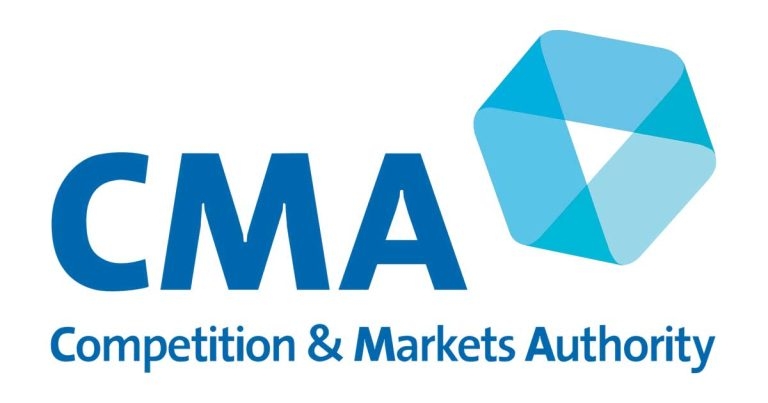18 Feb 2025
Monopolies said to account for only 1% of practices, but fears persist client choices in areas including OOH and referral could be further limited.

Potential monopolies account for just 1% of UK first opinion veterinary practices despite fears about the impact of recent consolidations in site ownership, according to new analysis.
The picture has emerged from the latest documents published as part of the Competition and Markets Authority’s (CMA) investigation of companion animal services.
Sector leaders said they are encouraged by the reports, although fears persist that client choices in other areas, including out of hours and referral care, could be further limited under future recommendations.
Among five new working papers, which the CMA published on 6 February, one focused specifically on examining the scale of local competition between practices.
The report acknowledged the issue had been a long-standing concern about the sector – particularly amid the growth of ownership by large veterinary groups in recent years.
But it argued that first opinion practice supply was “not generally concentrated”, with 85% of providers competing with at least three other local rivals. It added that 49 practices, mostly said to be in coastal and island communities, accounting for 1% of total sites, may not have competition from any other local provider, with a further 5% having one local rival and 8% having two.
The picture was less encouraging in relation to out of hours care, with 69 out of 356 outsourced service providers (19%) being deemed to have no local competitor and 88 more (25%) only one.
Elsewhere, no monopoly areas were identified in relation to referral practices, with 79% of sites deemed to compete with at least five other local suppliers. However, the paper acknowledged that finding could change if individual specialties were examined separately.
The latest documents are currently the subject of a consultation exercise, which is due to conclude this month, and the authority said it welcomed views on its analysis as it considered whether “further work to refine our assessments” was necessary.
But, while initial reaction from organisations within the sector has been broadly positive, the BVA indicated it still has concerns about how the process could ultimately affect care provision.
The BVA said: “It is vital that the CMA fully understands the nuances around the provision of key services, such as out of hours and referrals, to ensure any future remedies do not inadvertently lead to a reduction in choice for clients, which in turn could have a detrimental impact on animal welfare.”
However, while they did not comment specifically on the competition findings, both the VMG and Federation of Independent Veterinary Practices (FIVP) indicated they were encouraged.
VMG junior vice-president Rebecca Robinson said they collectively “provide a well-balanced analysis of the current landscape”.
FIVP business development manager Rita Dingwall added: “The CMA clearly have been listening to concerns raised by FIVP and others and in their overview document appear to understand the complex nature of the veterinary sector.”